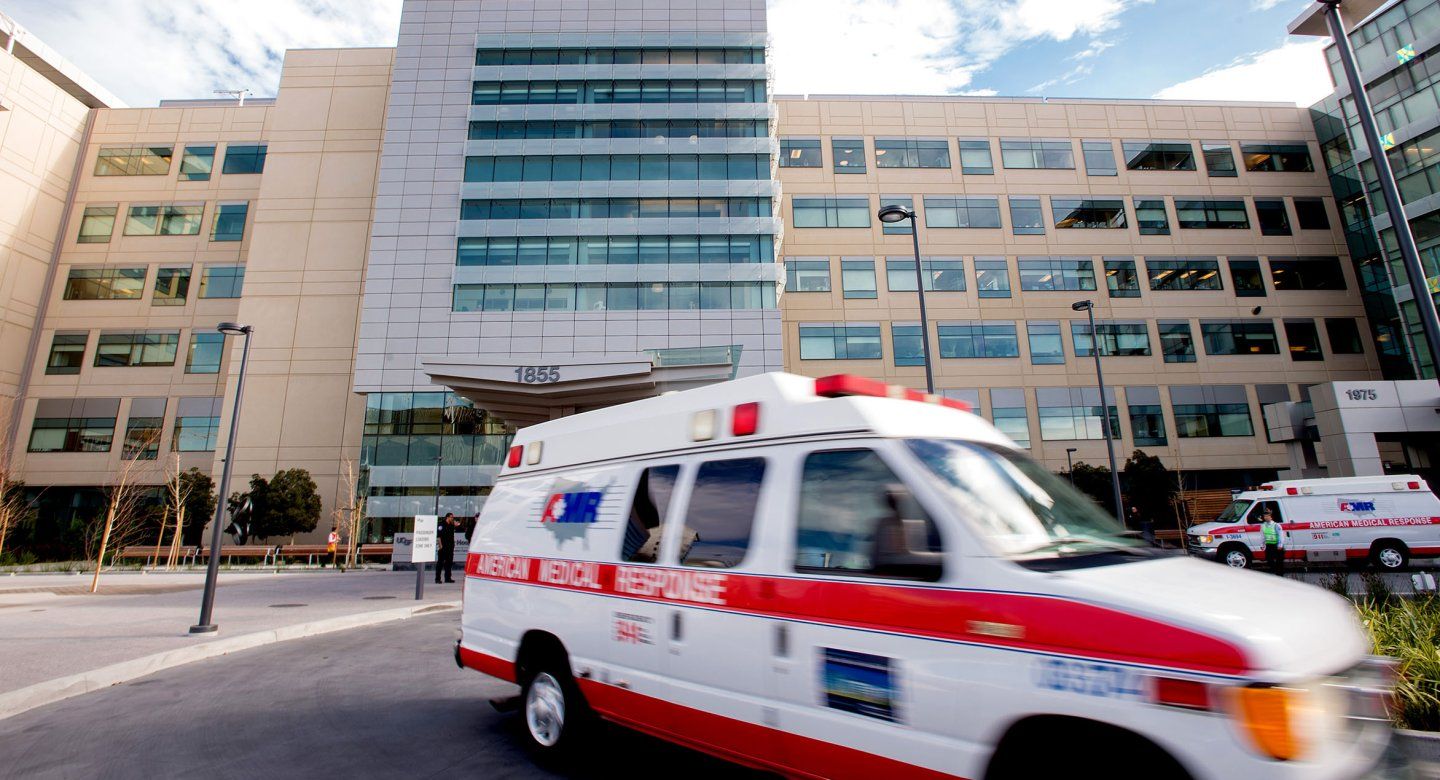If ChatGPT were cut loose in the Emergency Department (ED), it might suggest unneeded x-rays and antibiotics for some patients and admit others who didn’t require hospital treatment, a new study from UC San Francisco has found.
The researchers said that, while the model could be prompted in ways that make its responses more accurate, it’s still no match for the clinical judgment of a human doctor.
This is a valuable message to clinicians not to blindly trust these models.”
“This is a valuable message to clinicians not to blindly trust these models,” said postdoctoral scholar Chris Williams, MB BChir, lead author of the study, which appears Oct. 8 in Nature Communications. “ChatGPT can answer medical exam questions and help draft clinical notes, but it’s not currently designed for situations that call for multiple considerations, like the situations in an emergency department.”
Recently, Williams showed that ChatGPT, a large language model (LLM) that can be used for researching clinical applications of AI, was slightly better than humans at determining which of two emergency patients was most acutely unwell, a straightforward choice between patient A and patient B.
With the current study, Williams challenged the AI model to perform a more complex task: providing the recommendations a physician makes after initially examining a patient in the ED. This includes deciding whether to admit the patient, get x-rays or other scans, or prescribe antibiotics.
AI model is less accurate than a resident
For each of the three decisions, the team compiled a set of 1,000 ED visits to analyze from an archive of more than 251,000 visits. The sets had the same ratio of “yes” to “no” responses for decisions on admission, radiology and antibiotics that are seen across UCSF Health’s Emergency Department.
Using UCSF’s secure generative AI platform, which has broad privacy protections, the researchers entered doctors’ notes on each patient’s symptoms and examination findings into ChatGPT-3.5 and ChatGPT-4. Then, they tested the accuracy of each set with a series of increasingly detailed prompts.
Overall, the AI models tended to recommend services more often than was needed. ChatGPT-4 was 8% less accurate than resident physicians, and ChatGPT-3.5 was 24% less accurate.
Williams said the AI’s tendency to overprescribe could be because the models are trained on the internet, where legitimate medical advice sites aren’t designed to answer emergency medical questions but rather to send readers to a doctor who can.
“These models are almost fine-tuned to say, ‘seek medical advice,’ which is quite right from a general public safety perspective,” he said. “But erring on the side of caution isn’t always appropriate in the ED setting, where unnecessary interventions could cause patients harm, strain resources and lead to higher costs for patients.”
He said models like ChatGPT will need better frameworks for evaluating clinical information before they are ready for the ED. The people who design those frameworks will need to strike a balance between making sure the AI doesn’t miss something serious, while keeping it from triggering unneeded exams and expenses.
This means researchers developing medical applications of AI, along with the wider clinical community and the public, need to consider where to draw those lines and how much to err on the side of caution.
“There’s no perfect solution,” he said, “But knowing that models like ChatGPT have these tendencies, we’re charged with thinking through how we want them to perform in clinical practice.”
Authors: Additional authors include Brenda Miao, Aaron Kornblith, and Atul Butte, all of UCSF.
Funding: The Eunice Kennedy Shriver National Institute of Child Health and Human Development and the National Institutes of Health (K23HD110716).
Disclosures: Please see the paper.
